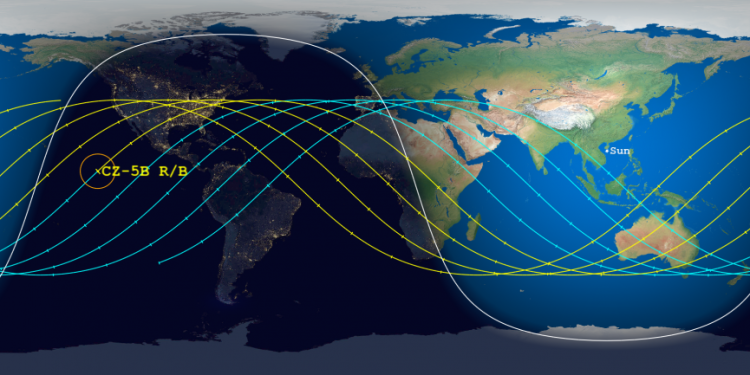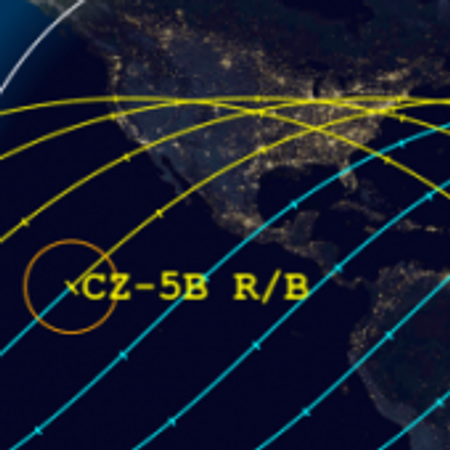NASA reviewing a dozen commercial proposals for future government space stations
Capitalism in space: Rather than replace the aging International Space Station (ISS) with an entirely government-designed-and-built new station, NASA is now reviewing about a dozen commercial proposals from private companies.
NASA earlier this year unveiled the Commercial LEO Destinations project, with plans to award up to $400 million in total contracts to as many as four companies to begin development of private space stations. In response to NASA’s request, its director of commercial spaceflight, Phil McAlister, told CNBC that the agency “received roughly about a dozen proposals” from a variety of companies for contracts under the project.
…The ISS is more than 20 years old and costs NASA about $4 billion a year to operate. The space station is approved to operate through the end of 2024, with a likely lifespan extension to the end of 2028. But, moving forward, McAlister says NASA wants “to be just one of many users instead of the primary sponsor and infrastructure supporter” for stations in low Earth orbit.
Based on these initial proposals, NASA officials estimate that the agency’s cost for running this future privately-built station will be about $1 billion per year less than the cost for operating ISS.
The agency will also only pay a part of the development cost for the new station, expecting that since the private company or companies will be making money from it also they should front a significant portion of that development cost.
Essentially NASA is following precisely the recommendations I put forth in my 2017 policy paper, Capitalism in space. And as I also predicted, the result is more achievement faster for far less cost.
Capitalism in space: Rather than replace the aging International Space Station (ISS) with an entirely government-designed-and-built new station, NASA is now reviewing about a dozen commercial proposals from private companies.
NASA earlier this year unveiled the Commercial LEO Destinations project, with plans to award up to $400 million in total contracts to as many as four companies to begin development of private space stations. In response to NASA’s request, its director of commercial spaceflight, Phil McAlister, told CNBC that the agency “received roughly about a dozen proposals” from a variety of companies for contracts under the project.
…The ISS is more than 20 years old and costs NASA about $4 billion a year to operate. The space station is approved to operate through the end of 2024, with a likely lifespan extension to the end of 2028. But, moving forward, McAlister says NASA wants “to be just one of many users instead of the primary sponsor and infrastructure supporter” for stations in low Earth orbit.
Based on these initial proposals, NASA officials estimate that the agency’s cost for running this future privately-built station will be about $1 billion per year less than the cost for operating ISS.
The agency will also only pay a part of the development cost for the new station, expecting that since the private company or companies will be making money from it also they should front a significant portion of that development cost.
Essentially NASA is following precisely the recommendations I put forth in my 2017 policy paper, Capitalism in space. And as I also predicted, the result is more achievement faster for far less cost.


